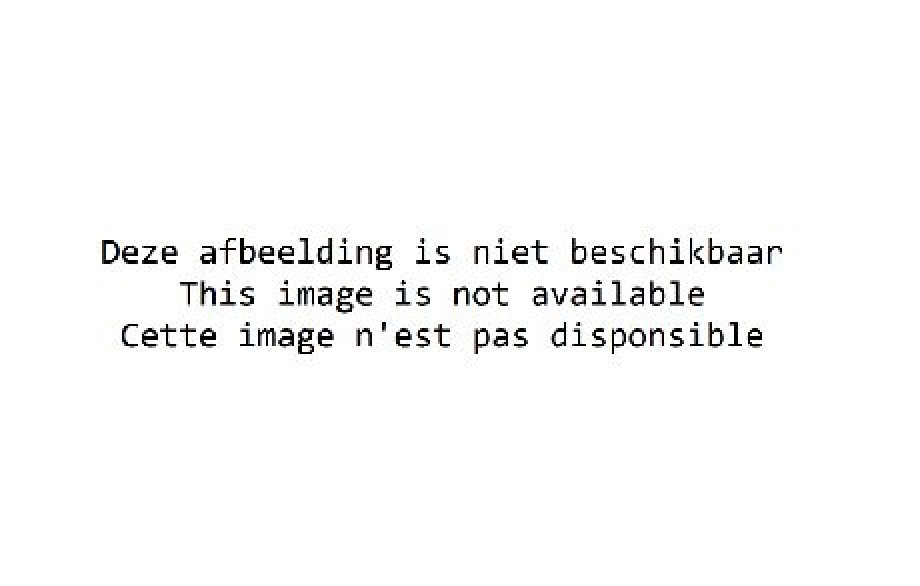
Artus II Quellinus
More about Artus II Quellinus
Artus Quellinus II is a sculptor and comes from an artistic family. He is the nephew of Artus Quellinus I (1609-1668). It is in his studio that he receives his training. The sculptor has many commissions in the Southern Netherlands, but there are also requests from the cultural centres of Europe, such as Copenhagen.
Artus Quellinus II works more dramatically and more expressively than Artus I. The emphasis on the emotional reveals a link with the work of Lucas Faydherbe (1617-1697). Quellinus has a preference for graceful bodies, flowing draperies and hair that is tussled by the wind.
After 1670, the influence of Gianlorenzo Bernini (1598-1680) is clearly noticeable and his work has an expressive and heroic character (for example, the sculpture group, God the Father, in the Saint Salvator Cathedral in Bruges). An explicit example of the theatrical and highly decorative in his work is The Apotheosis of Saint James (Saint James's Church, Antwerp). The influence of the High Baroque of Gianlorenzo Bernini is here especially present. The twisted Solomonic columns and the radial rays are borrowed from Bernini's Baldachin in Saint Peter's Basilica in Rome. Quellinus's design signals the introduction of a new type of freestanding altar.
The image of Saint Rosa of Lima (Saint Paul's Church, Antwerp) is an example of Quellinus's contemplative style and is seen as one of the most beautiful sculptures from the Baroque in the Southern Netherlands.
10 november 1625
Artus Quellinus II is born in Sint-Truiden.
1650
Artus Quellinus II becomes Free Master in the Saint Luke Guild of Antwerp.
1653
Artus Quellinus II and Anna Maria Gabron are married. The couple has 3 sons, among which Artus Quellinus III and Thomas Quellinus who become sculptors, and Cornelis Quellinus, who becomes a painter.
Around 1653, Artus joined his uncle Artus Quellinus I in Amsterdam and is one of the members of the group of artist that under the guidance of Artus I take on the project of the new City Hall on the Dam.
1655
The artist travels to Italy and probably visits Turin, Florence and Rome.
1657
Quellinus is back in Antwerp.
1663
The artist becomes a burgher of the City of Antwerp and again Free Master in the Saint Luke Guild. In this last period of his life, Quellinus receives many commissions, primarily for church furnishings and tomb sculptures.
Circa 1666-1670
Quellinus makes the marble figure group Saint Rosa of Lima (Saint Paul's Church, Antwerp).
1667
From the Saint Walburga Church in Bruges, Quellinus receives the commission to make an oaken pulpit.
1668-1675
For the abbey of Herkenrode, the artist makes the Tomb of Abbess Anna-Catharina de Lamboy. (Church of Our Lady, Hasselt).
1676
Quellinus finishes his work on the Tomb of Bishop Ambrosius Capello in the Cathedral of our Lady in Antwerp. It is the first work from Quellinus that can be considered as related to Bernini's ideas.
1682
Quellinus completes the sculpture God the Father for the Saint Salvator Cathedral in Bruges.
1685
For the Saint James's Church in Antwerp, Quellinus completes the high altar with The Apotheosis of Saint James, and it is one of the highpoints in his oeuvre.
22 november 1700
Artus Quellinus II dies in Antwerp.
Text: Matthias Depoorter


